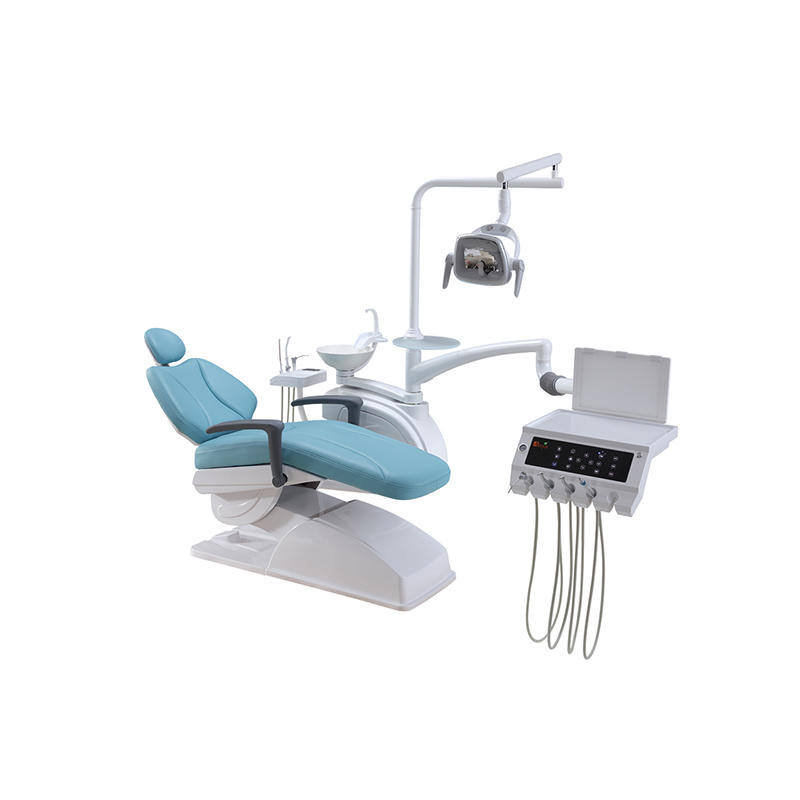There is no doubt the COVID-19 virus has changed the world forever. It has transformed the way we work, shop, socialize, eat, and our health care. Dentistry is no exception.
Actually, viruses have always existed. Some causes minor symptoms, while others can be life-threatening. It is not often that a virus shows up and changes the way we think about personal hygiene, sterilization, and disinfecting.
While having a healthy immune system can be our superpower, it is important that we take additional measures to help protect ourselves and our patients from the virus. It is also important to know that just because we have a strong immune system does not mean that we are not vulnerable. Even if we carry a virus and experience a mild illness, someone who is at a high risk, such as those with immune disorders, heart or lungs problems, and diabetes can be exposed through you, and the resulting outcome could be devastating.
So, yes, just like how dentistry changed when HIV or AIDS became the virus to dread, COVID-19 is changing the industry once again due to its highly contagious nature. Pre-HIV dental providers did not even ear masks and gloves then, something unthinkable to most people today.
You have probably been hearing a lot about PPE since the advent of the novel coronavirus that leads to the more serious COVID-19. One thing you might not know is that dentistry is probably the most vulnerable occupation for exposure risk to illness. Aerosol transmission is the most important concerns in dental offices.
The use of high-speed hand pieces produce a large amount of droplets mixed with the patient’s saliva and sometimes blood. It is nearly impossible to keep the virus confined to the oral cavity. This is why aside from sterilizing common dental instruments, disinfection of the dental chair is also very important. Aside from the dental chair surface, its air–water syringe is also commonly contaminated.
Most dental offices and practitioners are aware of the need for regular maintenance and disinfection of dental equipment and tools. However, the proper techniques on how to disinfect a dental chair is often overlooked, and yet it’s an important part of routine dental office disinfection protocols during this pandemic.
According to the guidelines for infection control in dental health care settings, the dentist and the patient are commonly exposed to microorganisms like cytomegalovirus, herpes simplex virus, HIV, Mycobacterium tuberculosis, Streptococci, Staphylococci, Hepatitis, and now, Coronavirus. Aside from transmission through direct contact with body fluids, inhalational contact is very common in dentistry as procedures involve an open mouth.

The china dental chair is that one piece of equipment that all patients use. It’s a clinical contact surface. Its upholstery is exposed to the spatter of saliva and blood during routine dental procedures.
How to Disinfect A Dental Chair?
Dental chair maintenance starts with reading the instructions and cleaning procedures that come with the confident dental chair. They provide clear instructions as which cleansers are good to use, how frequent should the chair be cleaned, and other tips for disinfection.
The dental chairs manufactures advocate the use of impervious, disposable barriers on dental chair surfaces and should be changed between patients. Aside from being a precautionary measure against COVID-19, this will help maintain the appearance and finish of the equipment and ensure durability and maximum lifespan of its surfaces. If the barrier was compromised or contaminated, it must be replaced immediately. Cleaning and disinfection after every patient is also highly recommended. If you see visible contamination, a hospital grade disinfectant should be used.
Which Disinfectants Are Best to Use for Dental Chairs?
The following have been found to be least harmful in dental equipment surfaces:
Quarternary ammonium compounds (QUATS)
High-dilution water-based phenolic compounds
QUATS plus less than 25% alcohol by volume
Unacceptable Disinfectants
These chemicals can harm the surface finishes of a dental chair; hence not recommended. Take note of these when shopping for a disinfectant.
Ethyl alcohol or isopropyl alcohol greater than 25% by volume
Hydrogen peroxide
Chlorine compounds like sodium hypochlorite
Strong phenols or phenol-alcohol combinations
Sodium bromide
Citric acid
Iodophors or iodine compounds
Ammonium hydroxide or ammonia
Moat household cleaners
Once you have purchased the appropriate dental chair cleaning and maintenance materials and solutions, it is important to test it on a small part of the upholstery that is in a discrete place on the chair to make sure it will not damage the upholstery. Some brands only allow the use of disinfectants that come with their products. Always check the label.
Do not forget to use the appropriate personnel protective equipment such as gowns gloves, and masks when disinfecting dental chairs.

